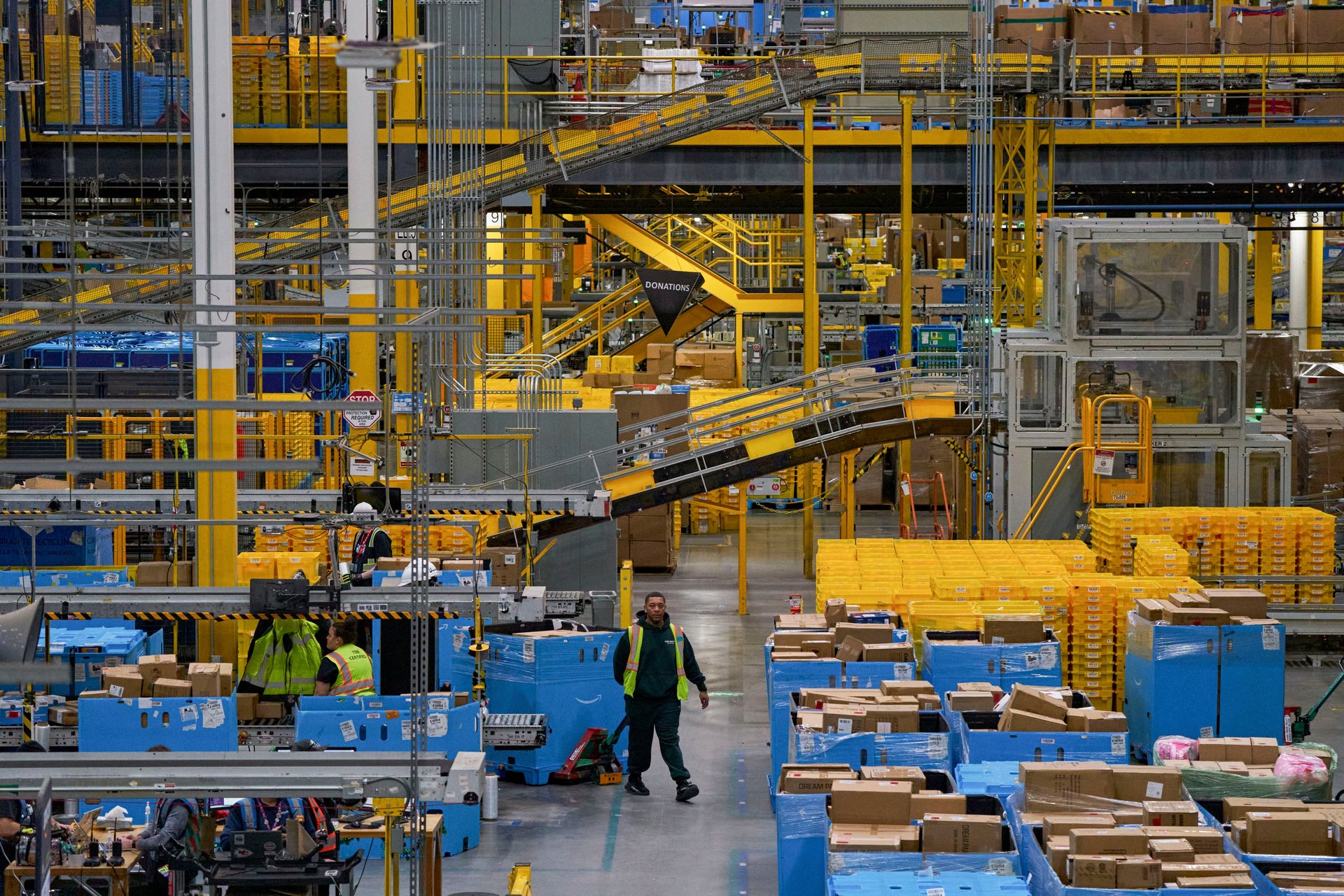Amazon ignored warnings about workplace injuries and manipulated data, Bernie Sanders-led probe says
Amazon criticized Sanders and his Senate committee for relying on “selective, outdated information” that isn’t “grounded in reality”

Amazon (AMZN) manipulates its workplace injury data and rejected recommendations to improve safety conditions for its workers, according to a Senate investigation into labor rules at the U.S.’s largest online retailer.
Suggested Reading
The 160-report is the result of Independent Sen. Bernie Sanders’ investigation into the company’s “abysmal safety record” that he launched last year. Sanders leads the Senate Health, Education, Labor, and Pension (HELP) Committee. The report says Amazon manipulates workplace injury data to make its warehouses appear safer than they actually are by cherry-picking statistics.
Related Content
The committee found that Amazon workplaces recorded 30% more injuries in 2023 than the warehousing industry average that year and that, over the last seven years, Amazon warehouse workers were consistently almost twice as likely to be injured as their colleagues in warehouses operated by others in the industry. More than two-thirds of Amazon’s warehouses have above-average injury rates, according to the report.
The committee said it had interviewed more than 130 workers and met with almost 500 who shared some 1,400 documents supporting their stories. Amazon gave the committee 285 documents, or less than a quarter of what was requested, according to the report.
Amazon said it had cooperated with the probe despite Sanders’ “pre-conceived narrative” and that an invitation for the senator to visit one of its facilities went unanswered.
“Sen. Sanders’ report is wrong on the facts and weaves together out-of-date documents and unverifiable anecdotes to create a pre-conceived narrative that he and his allies have been pushing for the past 18 months,” Amazon spokesperson Kelly Nantel said in a statement.
In a blog post on Monday, Amazon criticized the committee’s citation of two internal studies, Project Elderwand and Project Soteria. The studies, respectively, found that Amazon workers were routinely doing more work than recommended to avoid injuries in order to meet quotas and that a faster pace of work led to more injuries.
Recommendations from both studies found that Amazon should take action to keep workers from injuring themselves in the name of productivity. Soteria recommended that Amazon suspend discipline for employees who failed to meet targets.
In the end, Amazon executives rejected the recommendations, according to the Senate report. After a test of how Elderwand’s recommendations, including requiring additional breaks, would impact “customer experience,” executives declined to implement the changes.
The report also alleges that Amazon management instructs workers to “keep the line moving at all costs,” referring to conveyor belts in facilities, even if workers passed out. Although workers can hit emergency “stop” buttons on the belts, managers “often reprimand workers” for using them, the report said.
“I don’t even use Amazon anymore, I’d rather wait… than have some poor employee in an Amazon warehouse get battered and bruised so I can get my book within six hours,” one worker told the Senate committee. “People don’t see that, they think it just appears by magic. But it doesn’t, it appears by blood, sweat, and tears.”
The report’s findings come after years of allegations by federal and state regulators that Amazon has violated labor laws. Last year, several warehouses were cited by federal regulators for exposing workers to high risks of some injuries.
Amazon notes that a Washington state judge in July threw out four serious safety violations Amazon had been charged with in recent years. In their decision, Judge Stephen Pfeifer wrote that “Amazon presented persuasive evidence it has a robust safety and health program.”
CBS News (PARA) reported earlier this month that Amazon trucking contractors have higher rates of safety violations, while Amazon Logistics is being investigated by Seattle’s Office of Labor Standards for alleged violations.
Amazon workers represented by the International Brotherhood of Teamsters voted last week to authorize a strike if the company failed to agree to bargaining dates by Sunday. In November, thousands of workers went on strike to demand better pay and working conditions during one of the company’s busiest weekends of the year.
